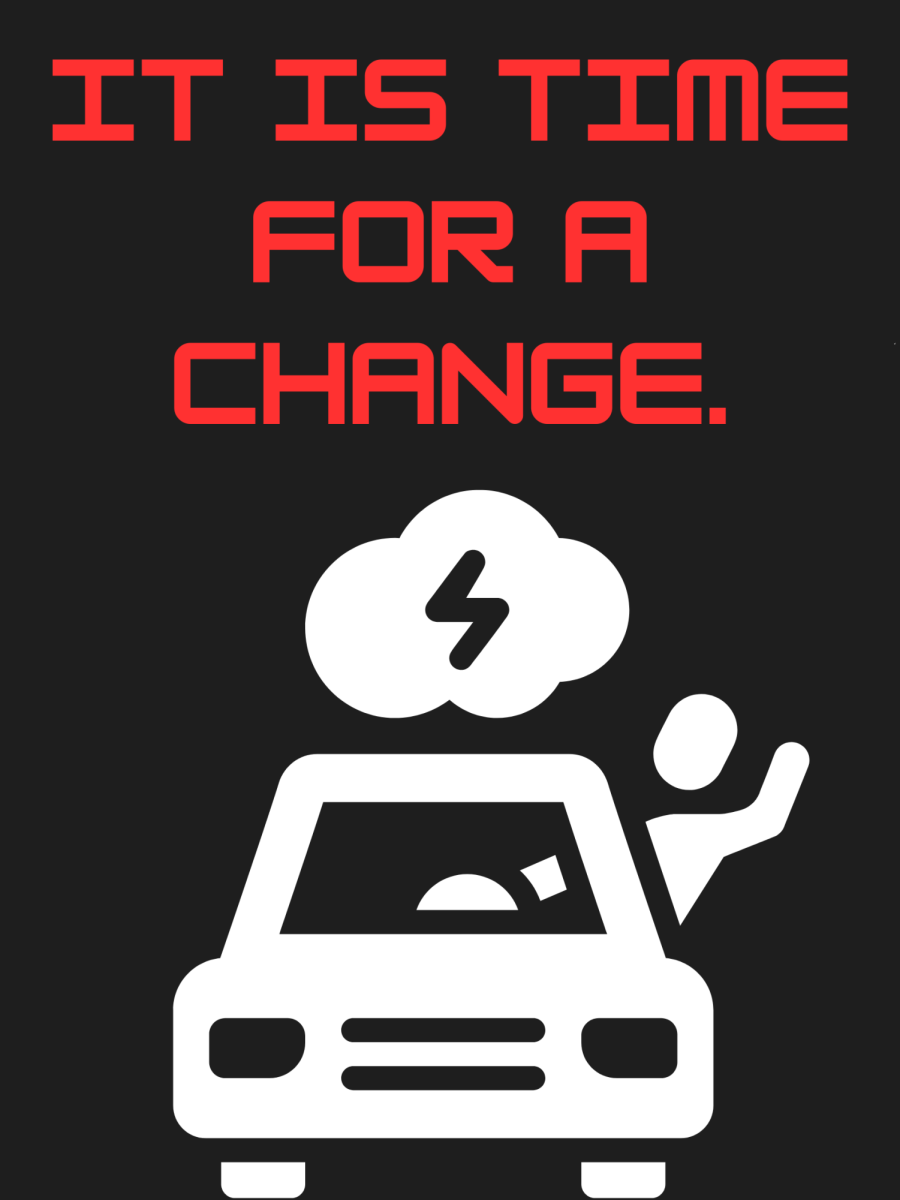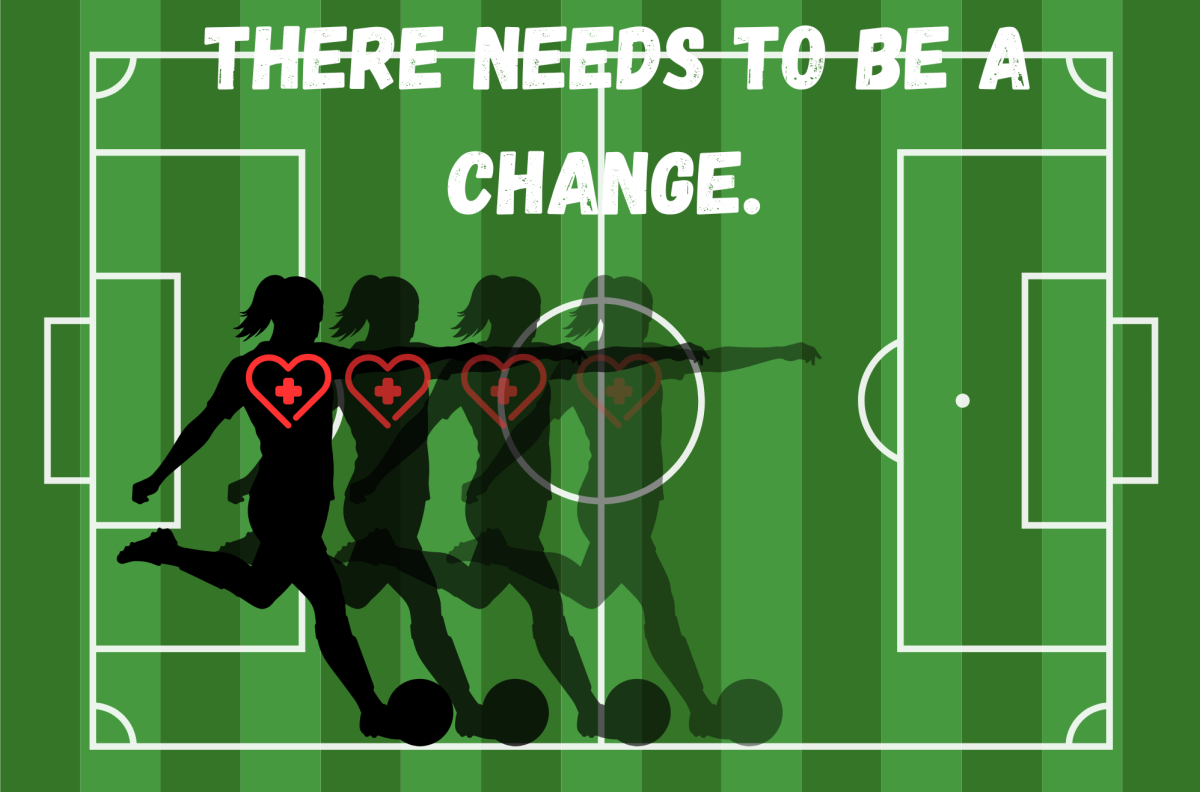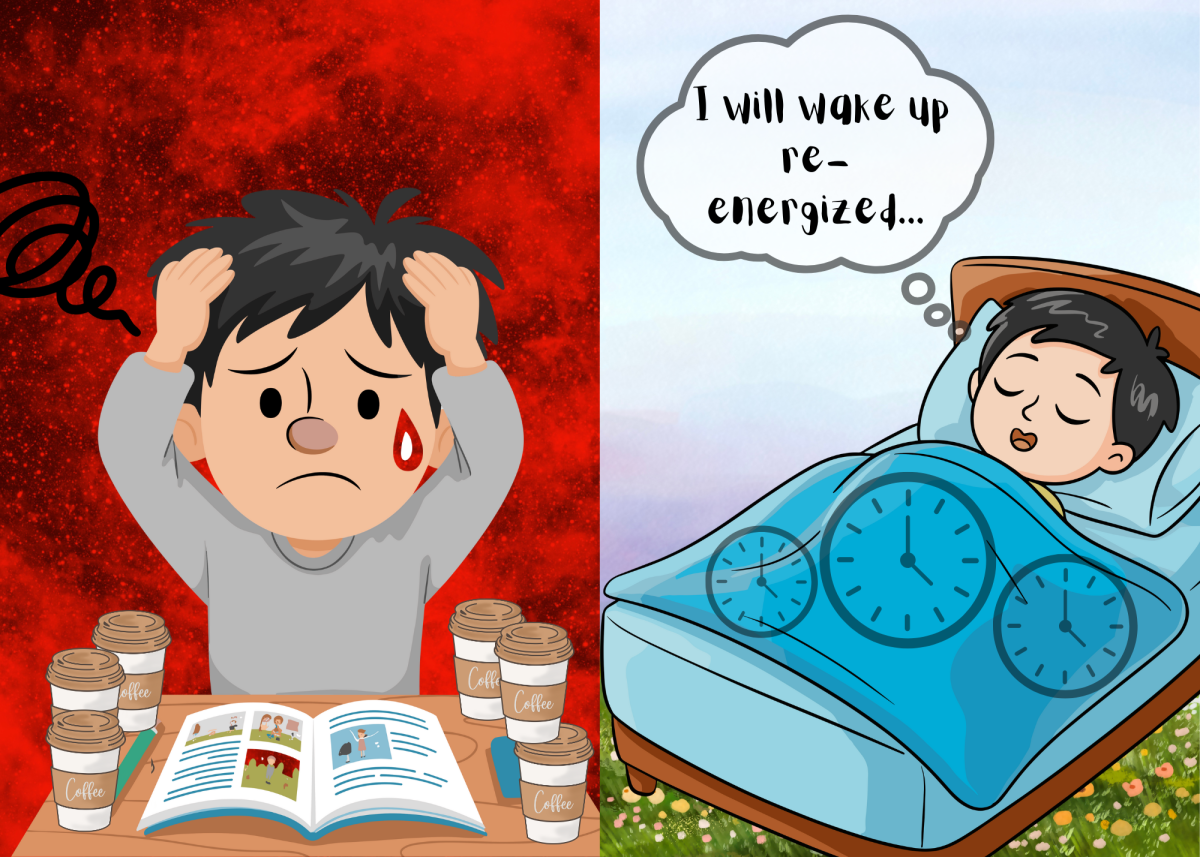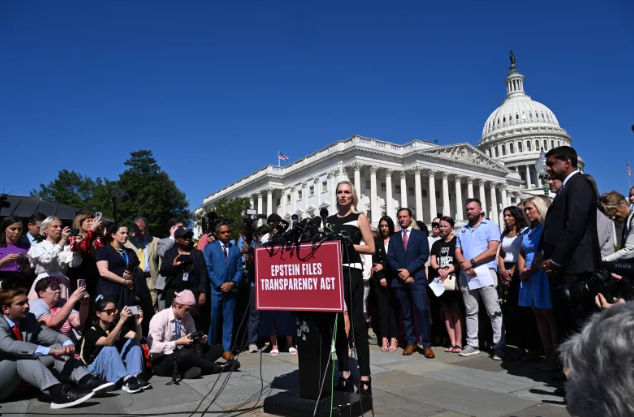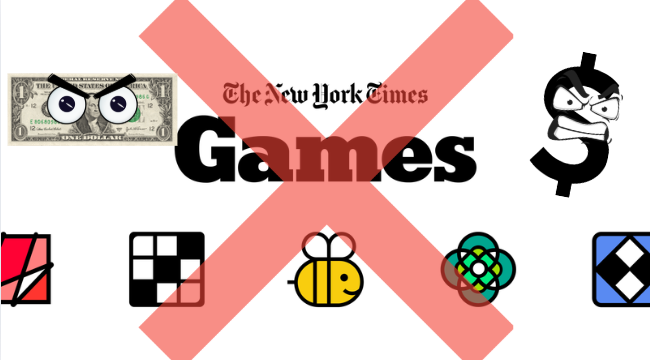8 out of 10 Americans experience road rage at least once a year. 82% admit to actually having road rage. Road rage has always been a part of driving. A honk here, a frustrated glance there, minor moments of tension that most people could shake off. But recently, it’s gotten worse. What used to be rare flare-ups of anger have become constant, making driving feel more like a battle than a commute.
The real problem that lies beneath road rage is that drivers nationwide have stopped seeing each other as human beings who make mistakes, and started viewing one another as obstacles.
In the last few years, roads have become more crowded and stressful due to infrastructure issues, population growth, and increased affordability of vehicles. However, there has also been a fundamental shift in how drivers interact with one another. Everyone’s in a hurry, everyone’s stressed, and when someone cuts you off, it’s no longer seen as a mistake or a simple misjudgment; instead, it’s a personal attack. Oftentimes, the other driver becomes a faceless enemy, a thing you must outmaneuver; one that isn’t worthy of your patience.
This mentality is only escalating. More and more, drivers are reacting impulsively. It’s shown through the honking that’s getting louder, the tailgating, aggressive lane changes, and harsh words being thrown at one another. Everyone’s quick to assume that the person in the other car is being inconsiderate or selfish, without ever considering the reality that the other driver is another human being just trying to get to their destination too.
The key problem here isn’t just the traffic—it’s the dehumanization. When drivers forget that everyone on the road has their own life and their own struggles, it’s easy to let anger take over. Many are quick to judge, honk, and accelerate in frustration because they’ve stopped remembering that the driver in the next lane might be dealing with the same stresses, pressures, and even the same bad day that they are.
Another explanation for the rise of road rage goes beyond impatience; it’s a reflection of how, over the years, we as a society have become increasingly detached from reality by technological developments. Technology has sped up our world, but it’s also reduced our tolerance for delays. Modern life has conditioned many to expect things instantly. Now, even a slow driver or a seemingly long red light feels like a glaring obstacle standing in the way of their next destination.
This constant rush leads to a cycle of frustration. We’ve started treating the road like a series of hurdles to overcome, not realizing that our impatience is only making things worse. Instead of recognizing that everyone around us is under similar pressures, we let minor annoyances turn into anger, taking out our stress on others in ways that only perpetuate the hostility.
It’s time for a change. We need to remember that we’re all humans, all working through our own challenges, just trying to get where we need to go. If we could all take a moment to remember that and take a few deep breaths, maybe the roads would feel a little less hostile. Until then, the tension will keep growing, and the problem will only get worse.


